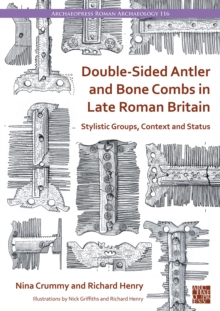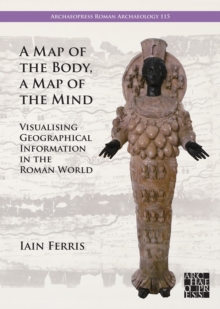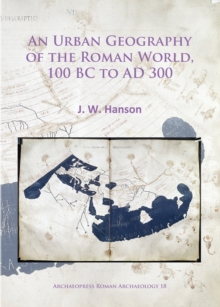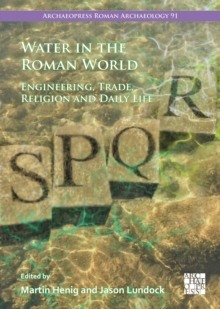
Inter Moesos et Thraces : The Rural Hinterland of Novae in Lower Moesia (1st - 6th Centuries AD) Paperback / softback
by Agnieszka Tomas
Part of the Archaeopress Roman Archaeology series
Paperback / softback
- Information
Description
The Roman legionary base at Novae in Lower Moesia is one of the most important sites in the Lower Danubian provinces.
Towards late Antiquity, the military camp was transformed into a civil town with Episcopal residence and survived until the beginning of the 7th century.
The Polish-Bulgarian excavations carried out for more than 55 years revealed remains dated from the mid-1st up to the early Byzantine periods and more than 300 inscriptions on stone.
The rural hinterland of Novae is exceptional and fascinating for the historian and archaeologist, not only due to the importance of the site itself, but also due to its location.
The legionary camp at Novae was located halfway between the outlets of two rivers - the Osam and Jantra, flowing nearly parallel to each other.
This part of the Danubian Plain was inhabited by Geto-Thracians and tribes influenced by the Celts.
The special position of the lands between the Osam and Jantra rivers is well-expressed by a series of boundary stones set up in AD 136 by Emperor Hadrian, who divided the tribal territories of Moesos and Thraces.
This special geopolitical situation must have caused considerable difficulties in administering the area by the Romans.
At present this poses a challenge for scholars, who search for answers to various questions concerning the universal solutions applied in borderlands in the past.
Information
-
Available to Order - This title is available to order, with delivery expected within 2 weeks
- Format:Paperback / softback
- Pages:244 pages, Illustrated throughout in black & white with 5 colour plates
- Publisher:Archaeopress
- Publication Date:10/07/2016
- Category:
- ISBN:9781784913694
Information
-
Available to Order - This title is available to order, with delivery expected within 2 weeks
- Format:Paperback / softback
- Pages:244 pages, Illustrated throughout in black & white with 5 colour plates
- Publisher:Archaeopress
- Publication Date:10/07/2016
- Category:
- ISBN:9781784913694



